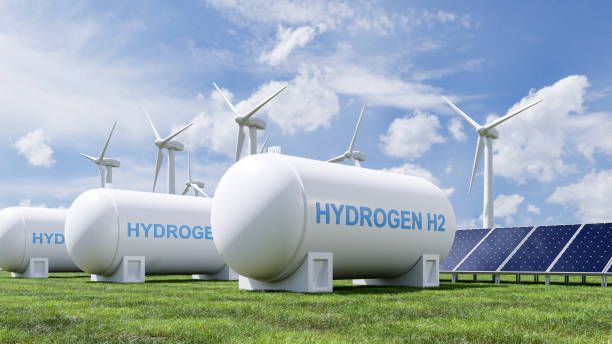MEPs approved new rules on more alternative fuel stations for cars and trucks, simple and easy recharging.
The new rules are part of the “Fit for 55 in 2030 package”, the EU’s plan to reduce greenhouse gas emissions by at least 55% by 2030 compared to 1990 levels, and aim to decarbonise transport.
More easy to use charging stations
MEPs successfully negotiated that electric charging pools for cars with a minimum 400 kW output will have to be deployed at least every 60 km along core TEN-T network routes by 2026, with the network’s power output increasing to 600 kW by 2028. For trucks and buses, charging stations have to be provided every 120 km. These stations should be installed on half of main EU roads by 2028 and with a 1400kW to 2800 kW power output depending on the road. EU countries have to ensure that hydrogen refuelling stations along core TEN-T network will be deployed at least every 200 km by 2031.
Users of alternative fuel vehicles will have to be able to pay easily at recharging points (with payment cards or contactless devices and without a need to have a subscription), while the price of these “fuels” will have to be displayed per kWh, kg or per minute/session. MEPs ensured that the Commission will set up an EU “database” on alternative fuels data by 2027 to provide consumers with information on the availability, waiting times or price at different stations.

EU Commission approves €220 million Spanish measure to support COBRA in production of renewable hydrogen |
Next steps
The new rules on alternative fuels infrastructure were adopted by 514 votes in favour , 52 votes against and 74 abstentions.
In adopting the new rules, Parliament is responding to citizens’ expectations to improve existing transportation infrastructure from an ecological point of view and to promote environmentally friendly shipping, as expressed in Proposals 2(7) and 4(5) of the conclusions of the Conference on the Future of Europe.
More information: European Parliament







Leave a Reply